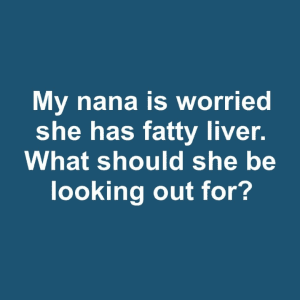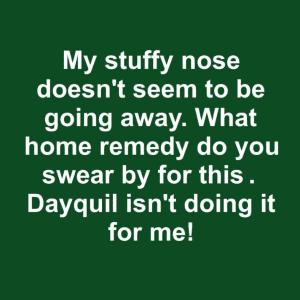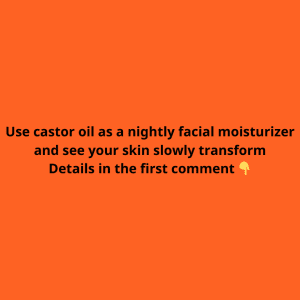We all love our dogs—they bring us joy, companionship, and unconditional love. Naturally, many of us assume that a hug is the perfect way to express that affection. However, some experts suggest that hugging your dog may not be as beneficial as we think. In fact, hugging could lead to increased stress for your furry friend, potentially causing more harm than good. Before you wrap your arms around your dog, let’s explore why hugging may not always be the best way to show love.
The Science Behind Hugging Your Dog

Dr. Stanley Coren, a professor emeritus in psychology at the University of British Columbia, conducted a study examining the effects of hugging dogs. He analyzed 250 images of people hugging dogs from Google Image Search and Flickr. The results were eye-opening—81.6% of the dogs in the images displayed signs of distress. These signs included turning their heads away, partially closing their eyes, lowering their ears, licking their lips, yawning, or raising a paw. Each of these behaviors is a clear indicator of anxiety in dogs.
Understanding Dogs’ Evolutionary History
To grasp why dogs might not appreciate hugs, it’s essential to consider their evolutionary background. Dogs are cursorial animals, meaning they are built for running. When faced with stress or threats, their instinct is to flee rather than fight. Hugging, which restricts their movement, can make dogs feel trapped. This goes against their natural inclination to maintain freedom of movement in stressful situations. Essentially, when you hug your dog, you could be triggering feelings of anxiety by preventing them from escaping or reacting naturally.
Potential Dangers for Children Hugging Dogs
While you may be tempted to let your child hug the family dog, it’s crucial to recognize the risks involved. Hugging dogs can lead to bites, especially facial bites, particularly when young children are involved. Even though your dog may tolerate hugs from familiar people, they might react differently to hugs from children or strangers. Dogs may feel threatened or uncomfortable, leading to unexpected reactions. Teaching children about safe ways to interact with dogs is vital for preventing accidents and ensuring a positive relationship between pets and kids.
Expert Opinions on Dogs and Hugs
While many dog owners insist their pets enjoy hugs, experts like Dr. Marc Bekoff, a professor emeritus of ecology and evolutionary biology at the University of Colorado, Boulder, suggest that it’s not always the case. Just like humans, dogs have unique personalities. Some dogs may enjoy hugs, but others may find them distressing. It’s essential to respect your dog’s individual preferences. If you’re uncertain whether your dog enjoys being hugged, it’s best to explore other ways of showing affection that align with their comfort level.
How to Read Your Dog’s Body Language
The key to understanding whether your dog enjoys hugs lies in reading their body language. Dogs often communicate their emotions through subtle cues. If you see your dog displaying any of the following signs, they may be uncomfortable with hugs:
- Stiffness in their body posture
- Turning their head away from you
- Half-moon eyes, where the whites of their eyes are visible
- Lowered ears or a tucked tail
- Yawning, lip licking, or nose licks
- Raising a paw or backing away
By paying attention to these signals, you can better understand how your dog feels about being hugged and adapt your interactions accordingly.
Alternatives to Hugging Your Dog

Fortunately, there are plenty of ways to show your dog love that don’t involve hugging. Here are some alternatives that dogs typically enjoy more:
- Gentle pats or scratches behind the ears or on their back
- Belly rubs, which many dogs find soothing
- Engaging in interactive play, like fetch or tug-of-war
- Offering treats or using positive reinforcement training
- Taking them on walks or allowing them to explore their environment
By choosing these dog-friendly activities, you can bond with your pet in a way that they find enjoyable and stress-free.
Why Respecting Your Dog’s Boundaries Matters
While hugging may feel natural to us, it’s essential to recognize that dogs perceive affection differently. What might seem like a loving gesture to us could be stressful or uncomfortable for them. By respecting your dog’s boundaries and finding ways to express affection that suit their preferences, you’ll foster a healthier and more trusting relationship with your pet.
The Importance of a Holistic Approach to Affection

Hugging isn’t the only way to express love, and by embracing a variety of dog-friendly gestures, you’ll discover that there are plenty of ways to show your appreciation. Dogs thrive on attention, but they also need to feel safe and secure in their environment. Taking a holistic approach to affection, which includes verbal praise, treats, play, and physical touch that your dog enjoys, will help strengthen your bond without causing unnecessary stress.
Conclusion: Understanding What Your Dog Needs
While it may feel instinctive to hug your dog as a sign of affection, it’s crucial to consider how they perceive that gesture. Studies and expert opinions suggest that hugs can cause stress and anxiety for many dogs. Moreover, it can sometimes lead to dangerous situations, particularly with young children. By paying attention to your dog’s body language and discovering alternative ways to show love, you can ensure that your interactions remain positive and enjoyable for both you and your canine companion. Remember, love doesn’t have to come in the form of a hug—there are countless ways to make your dog feel appreciated and secure.


